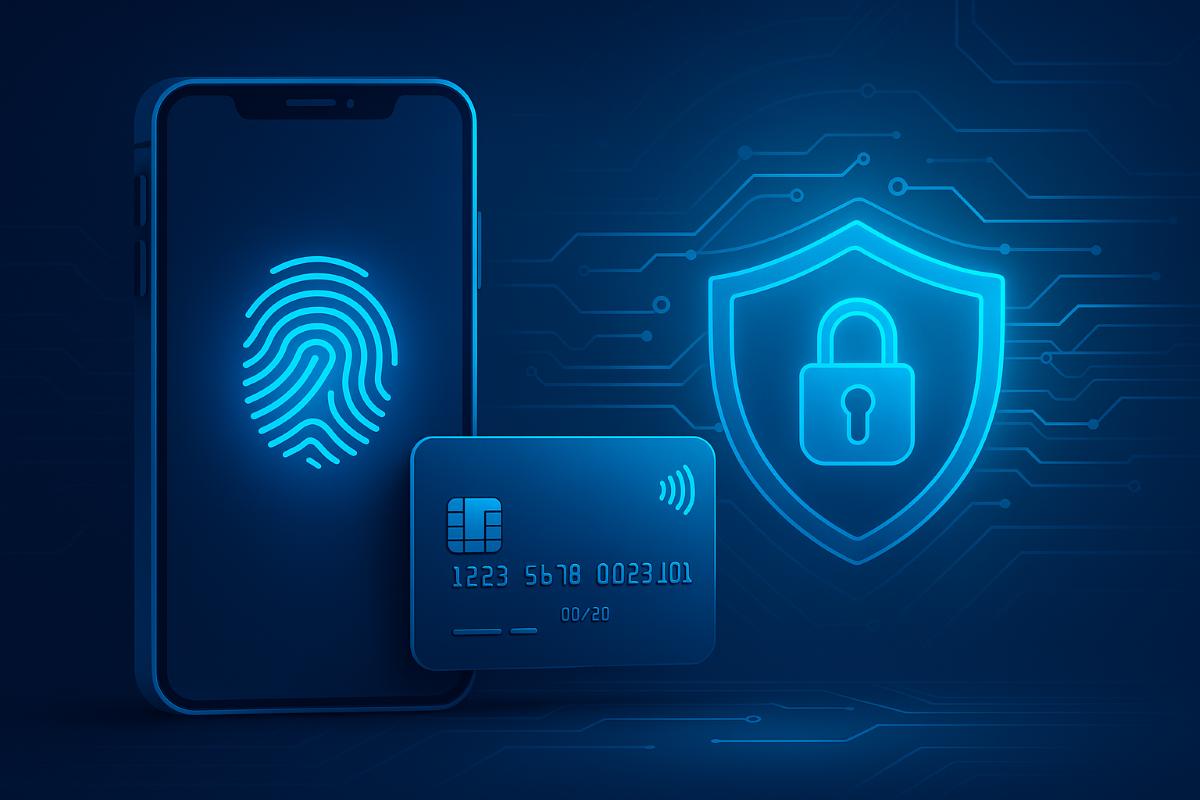As digital shopping continues to grow in popularity, payment security has become one of the top concerns for users. 3D Secure technology plays a crucial role in this secure ecosystem, and its next-generation standard—3D Secure 2.0—not only enhances user experience but also significantly improves security.
What Is 3D Secure 2.0?
3D Secure 2.0 is a card security layer and an authentication method implemented by banks and payment providers to reduce fraud and the risk of misuse. During the payment process, the cardholder goes through an additional verification step—this can be completed via PIN, password, SMS verification, or biometric methods.
Compared to its previous version, 3D Secure 2.0 introduces major advantages: mobile compatibility, a cleaner user interface, adaptive authentication logic, and flexibility through context-sensitive control mechanisms based on transaction risk.
A New Approach to Identity Verification
Identity verification lies at the heart of 3D Secure 2.0. However, it goes far beyond simply entering a password. The system analyzes various data points such as the user’s device, location, transaction amount, past shopping behaviors, and interaction with the application. As a result, it can make more accurate decisions in identifying anomalies.
For low-risk transactions, the cardholder may be allowed to proceed directly, while for suspicious activity, additional verification may be required. This adaptive structure ensures security without burdening users with unnecessary steps. The card security layer thus functions based not only on data, but also on behavioral context.
Strong Defense Against Fraud and Misuse
Payment fraud poses a serious threat, especially in scenarios involving stolen card information. 3D Secure 2.0 offers an effective defense mechanism against such risks. Merely possessing card data is not sufficient to complete a transaction—an additional verification step is required.
This technology helps prevent fraudulent API calls, spoofed session simulations, and unauthorized automated payment attempts. As a card security layer, it detects not just the card information but also risks like suspicious IP addresses, use of unfamiliar devices, or behavioral deviations by the cardholder.
Transforming the Mobile Payment Experience
In purchases made through mobile apps and web browsers, user experience has become more important than ever. 3D Secure 2.0 enhances mobile payment screens by replacing PINs, passwords, or SMS codes with more user-friendly biometric methods such as fingerprint or facial recognition.
This technology reduces user friction while maintaining payment security. With one-tap approval or push notifications, the transaction is completed seamlessly. Adaptive authentication ensures that all transactions are evaluated under a single session ID, removing the need to redirect users to separate verification screens.
The Role of 3D Secure 2.0 as a Card Security Layer
The card itself is not the only element that ensures payment security—3D Secure 2.0 plays a vital role among security layers. Even in cards with chip or magnetic stripe features, fraud remains possible unless user verification is performed.
3D Secure 2.0 allows transactions to be completed smoothly under normal conditions, while providing additional verification for suspicious scenarios. This ensures that the cardholder can complete their transaction securely and without complications.
Strategic Value for Banks and Fintech Companies
3D Secure 2.0 has become a necessity for fintech companies and banks. Regulatory authorities now require strong customer authentication for card-present and card-not-present transactions, leading to a need for operational compliance.
At the same time, financial institutions send a strong security signal by implementing 3D Secure. Users feel protected by their bank, which enhances brand image, customer loyalty, and overall demand.
For fintechs, investing in this area brings a competitive edge across the entire process—from payment gateway integrations to fraud management, from risk analytics to mobile usability.
Transitioning to the Payment Standards of the Future
3D Secure 2.0 has evolved from conventional card authentication to intelligent systems that evaluate mobile usage, device types, location data, behavioral patterns, and transaction attributes. It offers a seamless user experience while simultaneously deterring payment fraud.
This technology also benefits from AI-powered analytics and is designed to evolve over time. With continuous learning, risk profiles adapt. AI finance systems and hacker strategies are now in constant interplay, driving innovation in security.
A Secure, Fast, and Intelligent Payment Experience with 3D Secure 2.0
3D Secure 2.0 represents a turning point in payment security. As a card security layer, it offers an improved authentication process that is user-friendly, mobile-compatible, and adaptive. It reduces payment fraud, ensures regulatory compliance for fintechs and banks, and enhances user experience.
For any organization aiming for operational excellence in the fintech ecosystem, 3D Secure 2.0 is an indispensable investment. Adopting this technology is a critical step for any actor wishing to move forward securely and efficiently in the future of payments.
The Evolution of Security: A New Standard in Payments with 3D Secure 2.0
3D Secure 2.0 brings payment security far beyond traditional protection methods. This new model supports identity verification processes with advanced analytics, achieving a perfect balance between user experience and safety.
In card-based payment transactions, not only is authentication performed, but intelligent evaluation mechanisms are also activated. This minimizes risks for both consumers and service providers.
In all digital transactions, from mobile payments to e-commerce shopping, the expectation is no longer just speed—but also robust security. 3D Secure 2.0 directly addresses these demands by analyzing each user transaction holistically and proactively preventing fraudulent behavior before it escalates.
Innovative components such as advanced device recognition, location data usage, behavioral analysis, and biometric authentication clearly demonstrate how this system surpasses traditional structures. Unlike older systems that require manual authentication steps, smart algorithms working in the background enable smoother, faster, and more intuitive transaction flows.
For financial institutions and fintech companies, 3D Secure 2.0 is not just a security investment—it’s a strategic decision for customer satisfaction and brand credibility. Users are more likely to complete transactions on platforms where they feel secure, which directly contributes to revenue, loyalty, and brand advocacy. The flexibility and scalability of this security layer offer significant advantages, especially for high-volume platforms.
3D Secure 2.0 represents a new standard in multiple critical areas including data security, identity verification, transaction monitoring, and user experience. For any institution that wishes to be part of the digital payment infrastructures of the future, this technology is no longer optional—it is essential.
Integrating advanced solutions like 3D Secure 2.0 into the ecosystem is crucial for ensuring regulatory compliance and managing fraud risks effectively. This new era in payments, built around security, is shaping a smarter, faster, and safer financial future in every respect.


Leave A Comment